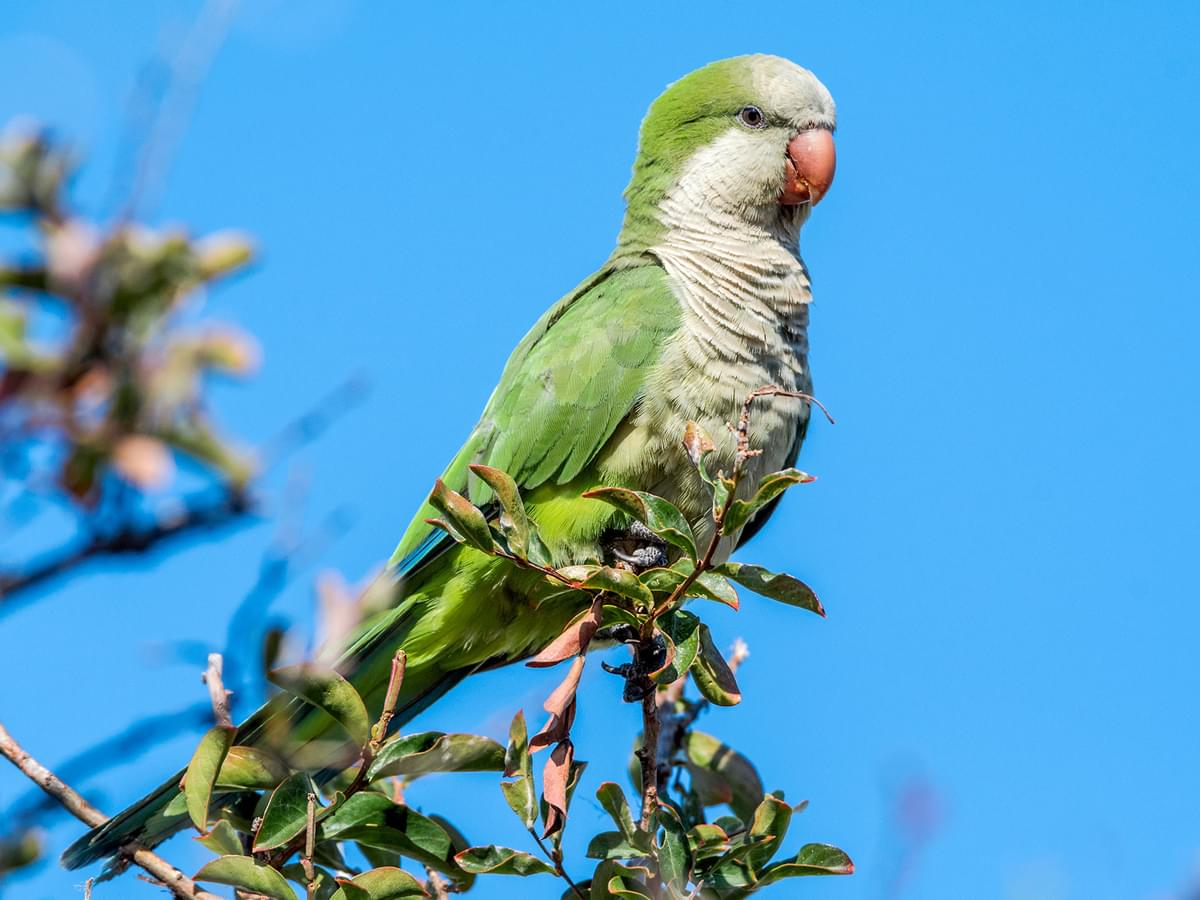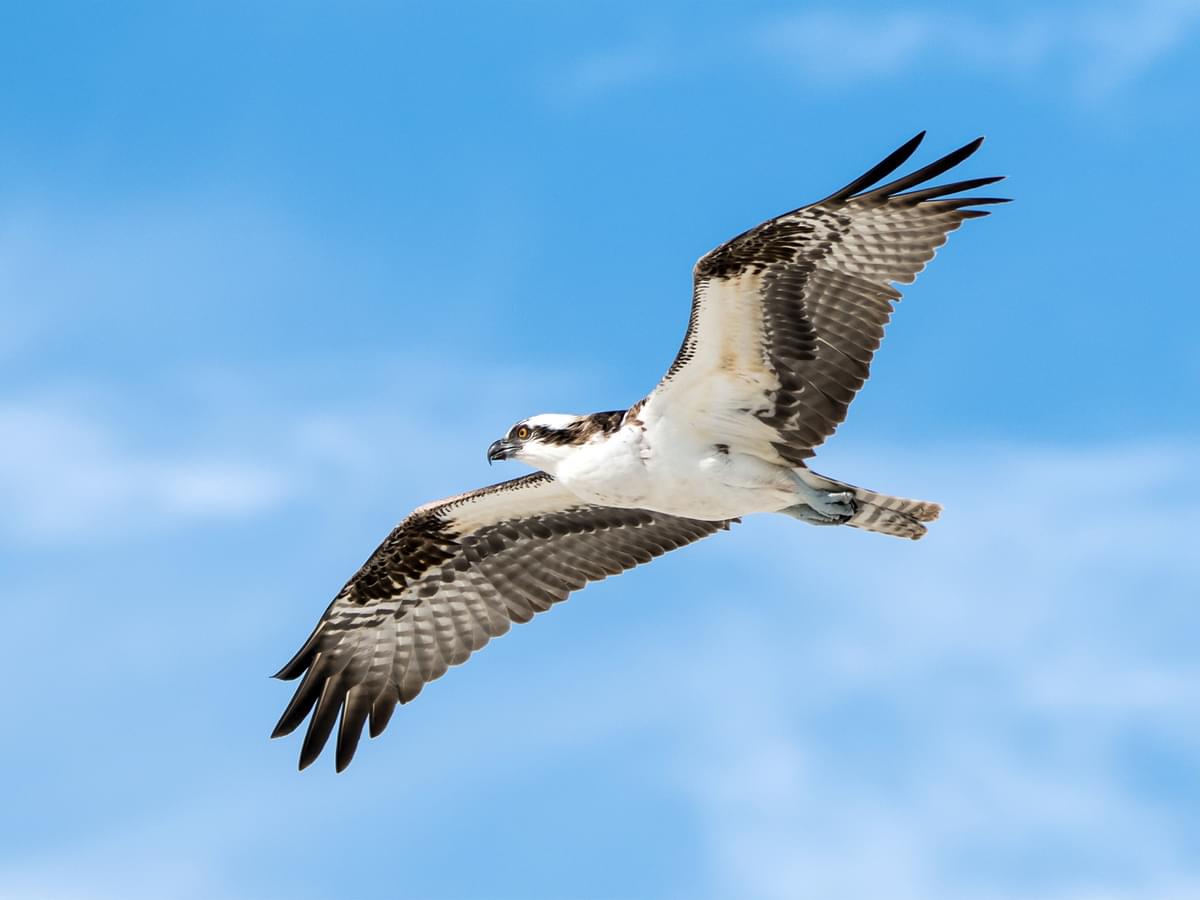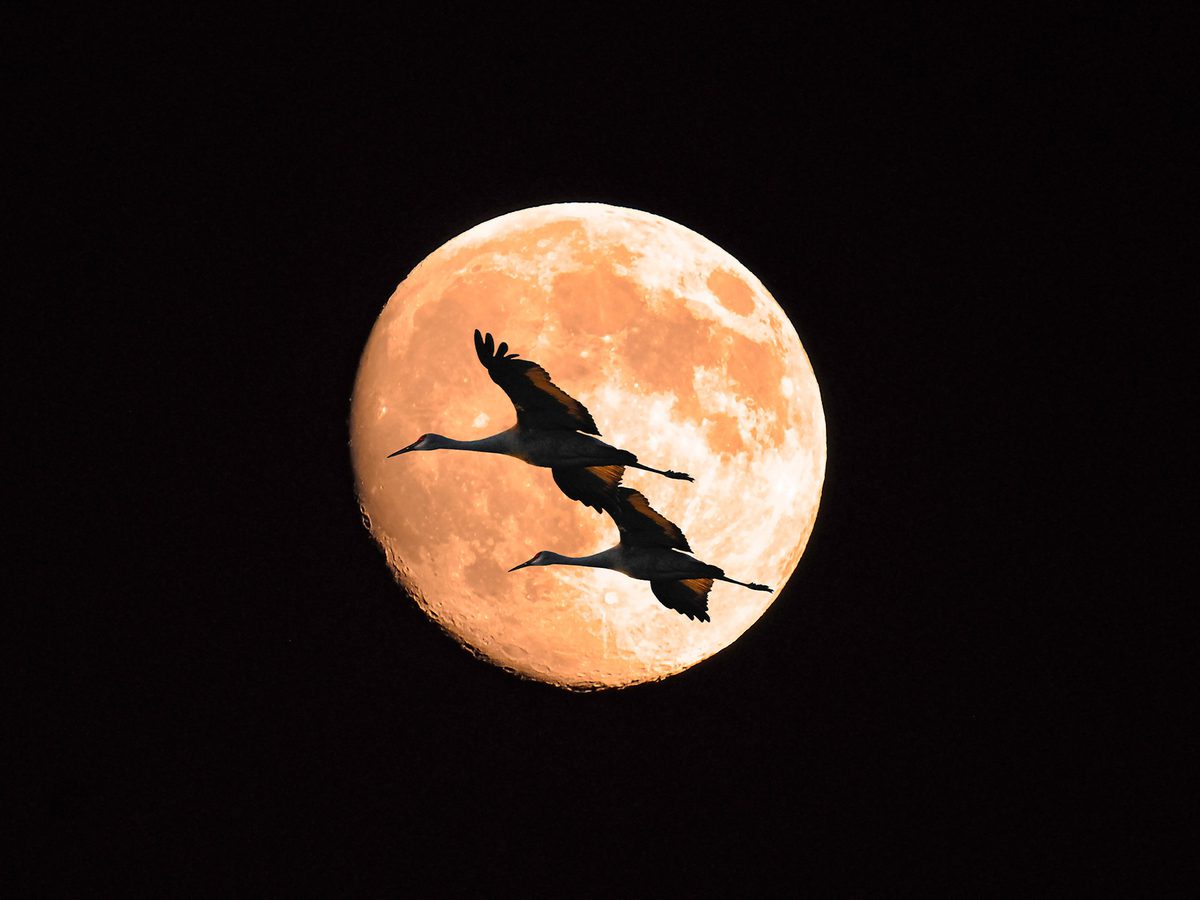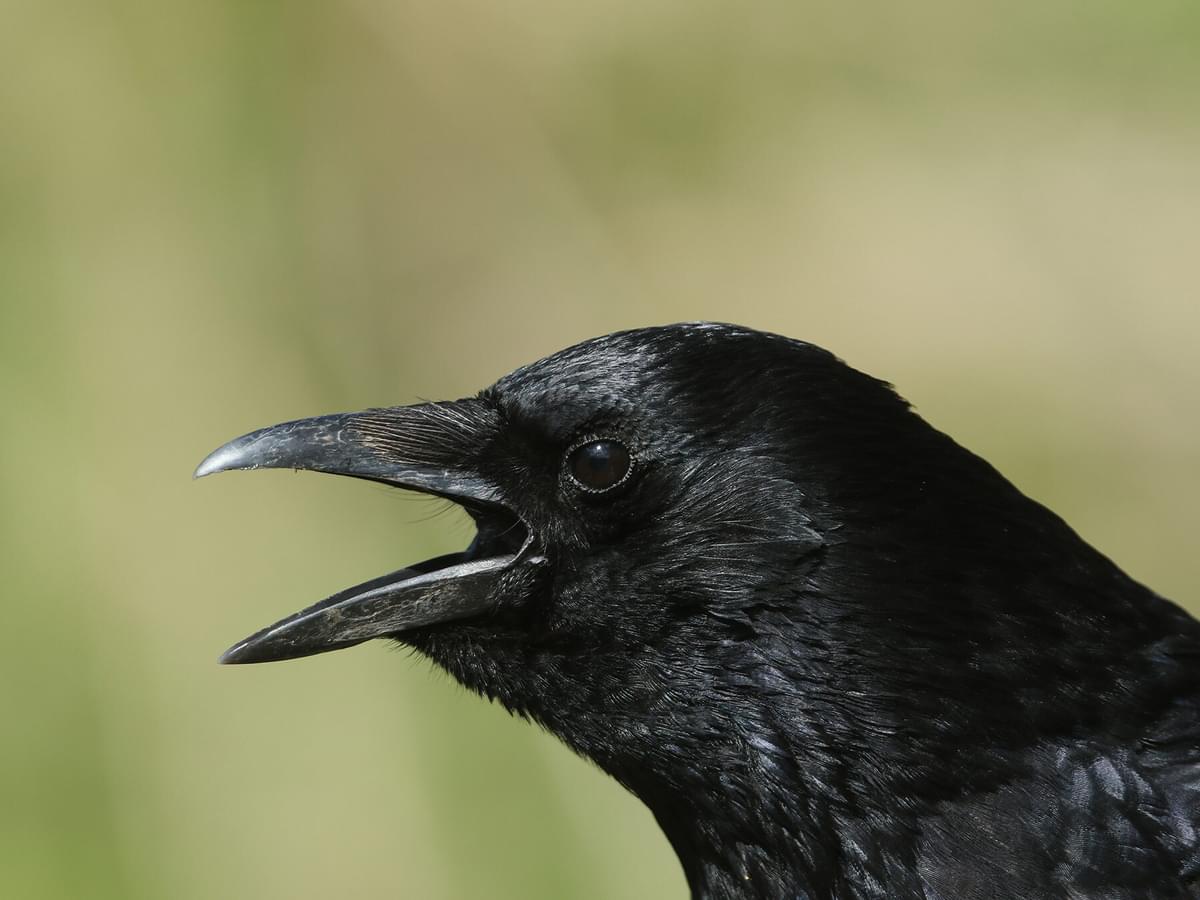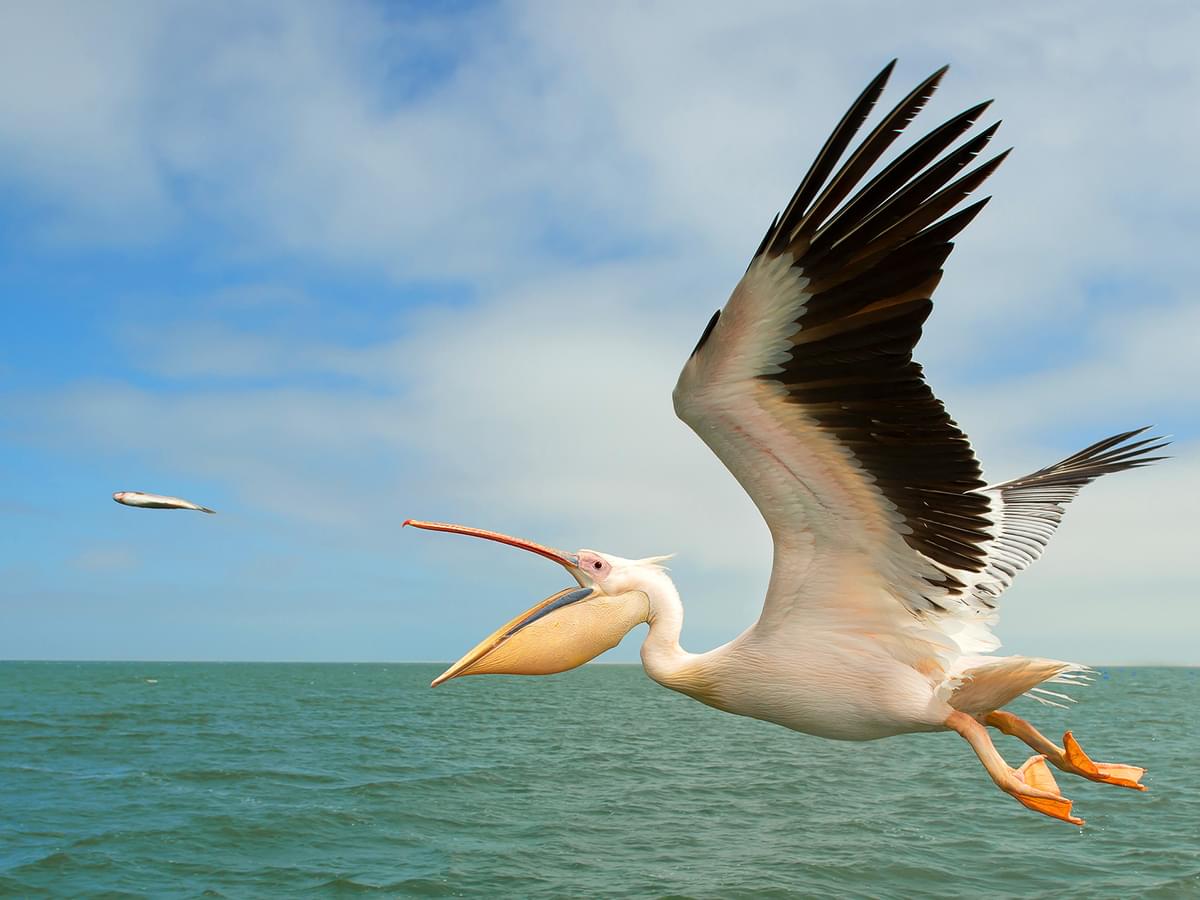Problem-solving Abilities
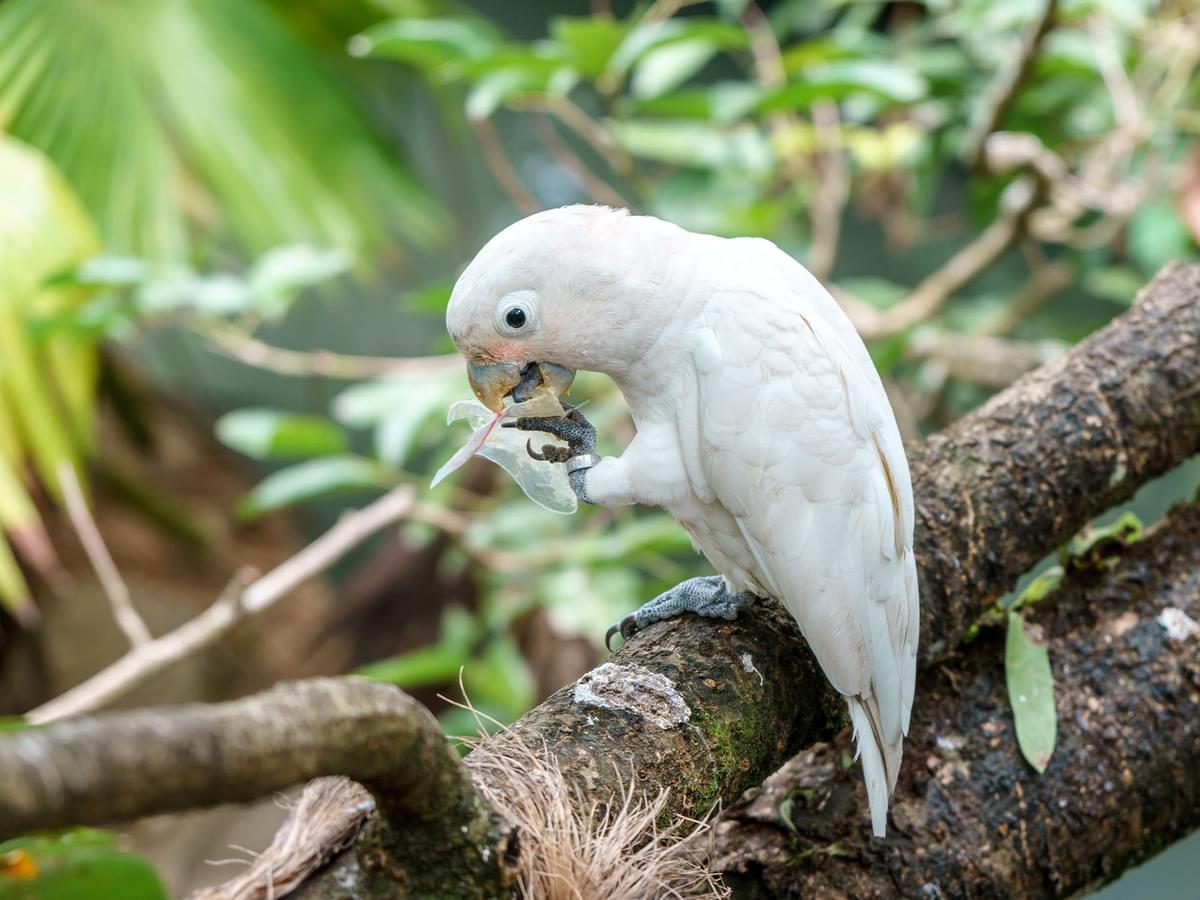
Cognitive Feathers
We tend to think of birds as living simple lives. Eat, sleep, breed once or twice a year, and repeat. However, intelligence in birds varies widely between species, just as it does in mammals.
Some birds are remarkably adaptable and quick to solve problems for a suitable reward. Corvids like crows and Ravens and psittacines like the African Grey Parrot, Goffins Cockatoo, and the Kea all display advanced cognitive abilities under experimental conditions.
But what sets these special species apart from less gifted avians like chickens and doves? Part of the answer lies in their brain size.
Corvid and parrot brains are unusually large relative to their body weight. In fact, their brain size is comparable to great apes like chimpanzees, and they display similar levels of intelligence. Some people even consider these brainy birds as smart as human toddlers!
There’s a lot more to discover about problem-solving in birds. Read along as we take a deeper look at how birds apply their minds!
Understanding Problem-Solving in Birds
Defining Cognitive Ability
Cognitive functioning describes the ability to learn, remember, plan ahead, and solve problems. These abilities are vital for many of the everyday tasks in birds’ lives, from finding a meal to avoiding predators.
Rather than acting solely on instincts, some birds flex their cognitive abilities by adapting to changing situations and learning new skills. Under experimental conditions, birds like crows and parrots readily learn to solve problems unlike anything they encounter in the natural world.
Learning about the cognitive abilities of birds is a fascinating field in itself, but it also opens a window into the ways that all animals learn and behave, including ourselves!

Pictured: A Chestnut Fronted Macaw - these mini-macaws are one of the best talking parrots
Types of Problem-solving Behaviors
Tool Use and Modification
Several bird species use objects like sticks, stones, and feathers to complete tasks that would be impossible with their own beaks and feet. A cactus spine doubles as a harpoon for extracting tasty grubs if you’re a Woodpecker Finch, while a well-aimed stone is the only way for an Egyptian Vulture to break an Ostrich egg.
These are natural, wild behaviors in these birds that may have been practiced for many millennia before humans first documented them. However, there’s nothing set in stone when it comes to tool use and manufacture by intelligent bird families like crows and parrots.
These well-studied bird groups have demonstrated their ability to solve problems in many creative ways, including the use of physical concepts like water displacement and gravity.
Spatial Memory and Navigation
Memory and spatial awareness are important survival tools for many birds. Species like Jays, Nuthatches, and many other non-migratory birds cache (hide) food sources in times of plenty so that they’ll have a reliable food source in the winter. However, hiding food supplies is only useful if they can remember their location, so these birds need a pretty sharp memory.
Migratory birds also show advanced memory, which is important given the distances they travel and the time frames involved. Many species return to the same nest site year after year, sometimes traveling thousands of miles to return to an area measuring just a few feet across.
Migratory birds use various senses and navigational techniques to achieve this impressive feat, but they also rely on memory of important landmarks and feeding areas.
Studies have shown that some migratory birds have a larger hippocampus (the part of the brain associated with memory) than resident species and that the hippocampus is better developed in adults that have completed migrations than in juveniles.

A well-aimed stone is the only way for an Egyptian Vulture (pictured) to break an Ostrich egg
Examples of Problem-solving Birds
Crows and Ravens: Masters of Innovation
Crows, Ravens, and other corvids exhibit advanced cognitive functioning in many of their behaviors, both in the wild and in captivity. These oversized songbirds are excellent problem solvers and tool users that use their impressive mental abilities while foraging and avoiding predators.
Corvids have excellent memories, and studies on American Crows show that they can remember human faces for years and even pass on information about people they don’t trust to younger generations. They are excellent mimics, too, and they can reproduce many sounds, including human speech.
Some of their most impressive cognitive abilities are seen in experiments where crows use various tools to push, pull, lift, depress, and displace objects for a reward. Tool use is a natural foraging strategy for corvids like the Hawaiian Crow, but even species that have not evolved this behavior learn readily.
Humans have recently begun exploring ways to use corvid intelligence to our mutual benefit. As unbelievable as it sounds, wild crows in Sweden have been trained to voluntarily collect and dispose of cigarette butts for a food reward as part of a city-cleaning project.

Pictured: A Hooded Crow. Crows, Ravens, and other corvids exhibit advanced cognitive functioning in many of their behaviors, both in the wild and in captivity
Kea: The Ingenious Parrot
The Kea (Nestor notabilis) is a large, endangered parrot from the South Island of New Zealand. Unlike most other members of the parrot family, these birds live in cold, mountainous terrain and forage on the ground. They are highly adaptable within their habitat and use their innovative and curious nature to forage for diverse plant and animal food sources.
Keas are fun-loving birds that get up to all sorts of mischief where they live near people, including opening trashcans for scraps, chewing on objects that interest them, like tents and cars, and even ‘surfing’ on the roofs of moving vehicles.
These unique parrots have large brains and have demonstrated excellent problem-solving skills in both wild and laboratory settings, making them ideal subjects for cognitive studies. In fact, these remarkable birds have their own dedicated research lab in Austria.
In a study comparing their abilities against the New Caledonian Crow (considered one of the world’s smartest birds), Keas showed off their playful, exploratory nature and came out on top by discovering alternative problem-solving solutions roughly three times faster than their corvid competitor.

Keas (pictured) are fun-loving birds that get up to all sorts of mischief where they live near people
Implications of Problem-solving Abilities
Intelligence and Adaptation
Problem-solving skills are most advantageous to birds that put them to good use. Corvids, for example, often live in complex social groups and are highly opportunistic in nature, with varied diets and methods of foraging and catching prey. Some also plan ahead by storing surplus food for leaner times.
Parrots, the other brainy bird family, are completely unrelated, and yet they also demonstrate high intelligence and adaptability when solving unfamiliar problems. Like corvids, psittacines are often highly social, omnivorous, and have long lifespans.
The evolution of intelligence and problem-solving appears to have clear benefits for widespread habitat-generalist species like American Crows and Common Ravens that can adapt to the modern world.
Sadly, however, mental prowess has not helped many of the world’s most intelligent species survive the onslaught of human development and habitat destruction.

Pictured: An American Crow. Problem-solving skills are most advantageous to birds that put them to good use
Summary
Problem-solving abilities help birds adapt to different challenges in their environments, everywhere from small tropical islands to urban city streets.
Mental flexibility has allowed adaptable, opportunistic species like Ravens to open trashcans and Keas to master artificial obstacles for food rewards in completely alien environments.
Studying bird cognition teaches us how birds interact with their environment and each other. These solutions to novel challenges clearly highlight their cognitive abilities and are inspiring a new respect for our feathered friends!
